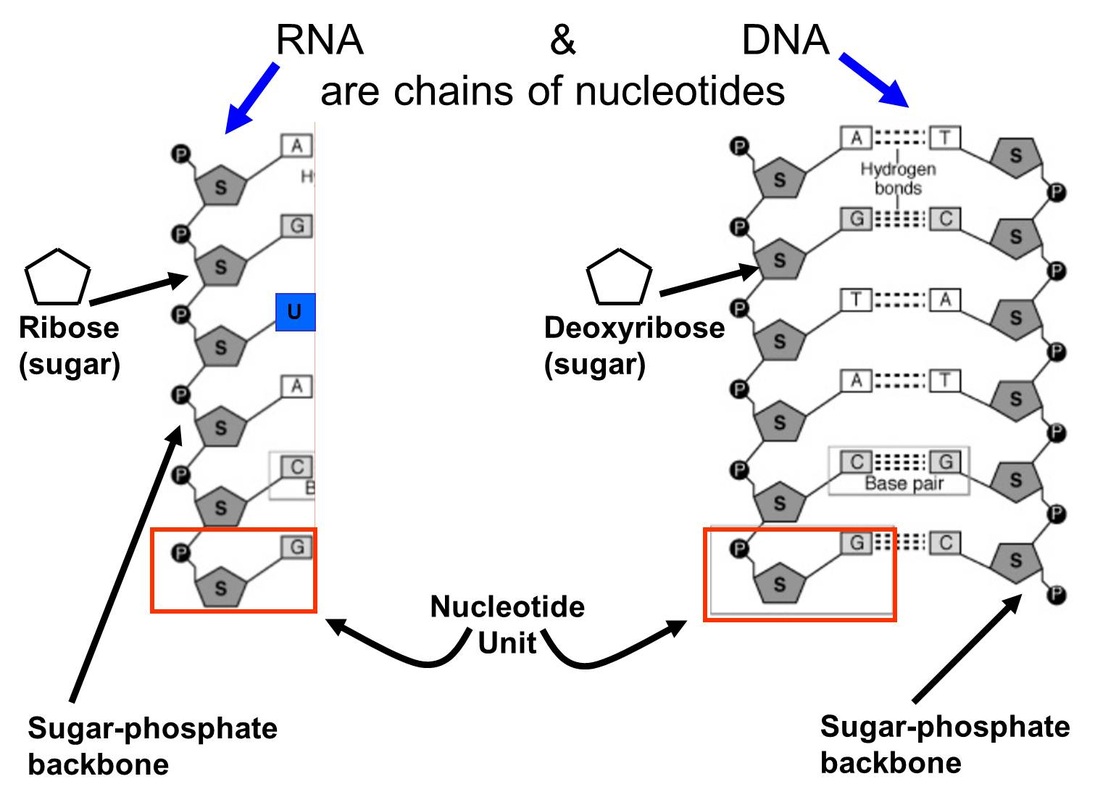2 Functions For Nucleic Acids

Nucleic acids, which include DNA (deoxyribonucleic acid) and RNA (ribonucleic acid), are fundamental molecules that play critical roles in the storage, transmission, and expression of genetic information within cells. Their functions are multifaceted and crucial for the survival and reproduction of living organisms. Two of the primary functions of nucleic acids are:
1. Storage and Transmission of Genetic Information
One of the most significant roles of nucleic acids is to store and transmit genetic information from one generation to the next. This is primarily the function of DNA, which is often referred to as the “genetic blueprint” or “instructions” for the development and function of an organism. The sequence of nucleotides in DNA determines the genetic code, which is used to synthesize proteins. These proteins are essential for the structure, function, and regulation of the body’s tissues and organs.
The process of storing genetic information involves the replication of DNA, where the double helix is unwound, and the genetic material is duplicated. This ensures that each new cell receives a complete and accurate copy of the genetic blueprint. During reproduction, genetic information is transmitted from parents to offspring through the passing of DNA, allowing for the continuation of species and the diversity of life.
2. Regulation of Gene Expression and Protein Synthesis
The other crucial function of nucleic acids is the regulation of gene expression and protein synthesis, a role in which both DNA and RNA are involved. This process starts with the transcription of DNA into messenger RNA (mRNA), a type of RNA that reflects the exact nucleotide sequence of the DNA strand from which it was transcribed, except that in RNA, uracil replaces thymine. This mRNA then travels out of the nucleus and into the cytoplasm, where it serves as a template for the synthesis of proteins through a process known as translation.
RNA molecules, including mRNA, transfer RNA (tRNA), and ribosomal RNA (rRNA), play pivotal roles in the translation process. tRNA molecules bring the appropriate amino acids to the ribosome as specified by the codons on the mRNA, while rRNA, along with proteins, makes up the ribosomes themselves, which are the sites of protein synthesis. This intricate system allows cells to regulate which genes are turned on or off, and to what extent, enabling the cell to respond to its environment, grow, differentiate, and perform its specialized functions.
In summary, the functions of nucleic acids are integral to the fundamental processes of life, including the storage and transmission of genetic information and the regulation of gene expression and protein synthesis. These processes, carried out by DNA and various types of RNA, underpin the complexity and diversity of life on Earth, from the simplest bacteria to complex multicellular organisms.
Further Exploration
Mechanisms of Gene Regulation
The regulation of gene expression is a complex process that involves numerous mechanisms to ensure that genes are expressed in the right place, at the right time, and to the right extent. This can involve the binding of transcription factors to specific DNA sequences near a gene to either stimulate or inhibit its transcription. Additionally, epigenetic modifications, such as DNA methylation and histone modification, can also influence gene expression by altering the accessibility of DNA to the transcription machinery.
Role of Non-Coding RNAs
Besides the well-characterized roles of mRNA, tRNA, and rRNA, there are many types of non-coding RNAs (ncRNAs) that play critical roles in regulating gene expression. These include microRNAs (miRNAs), small interfering RNAs (siRNAs), and long non-coding RNAs (lncRNAs), among others. These ncRNAs can modulate gene expression at various levels, including post-transcriptional regulation of mRNA stability and translation, and even chromatin remodeling.
Applications in Biotechnology and Medicine
Understanding the functions of nucleic acids has revolutionized biotechnology and medicine. Advances in genetic engineering, genomics, and gene editing tools like CRISPR/Cas9 have enabled the development of novel therapeutics, improved crop yields, and enhanced our ability to diagnose and treat genetic diseases. Furthermore, the study of nucleic acids has led to the development of vaccines, diagnostic tools, and personalized medicine approaches tailored to an individual’s genetic makeup.
Conclusion
In conclusion, the two primary functions of nucleic acids—storage and transmission of genetic information, and regulation of gene expression and protein synthesis—underpin the basis of life. Their intricate mechanisms and complex interactions not only facilitate the reproduction and diversity of life but also underlie many biological processes and technological applications in medicine and biotechnology. As our understanding of nucleic acids and their functions continues to evolve, it is likely to unlock further discoveries and innovations that will Impact human health, agriculture, and our understanding of the natural world.
What is the primary role of DNA in cells?
+The primary role of DNA is to store and transmit genetic information from one generation to the next. It serves as the genetic blueprint for the development and function of an organism.
How do RNA molecules contribute to protein synthesis?
+RNA molecules, including mRNA, tRNA, and rRNA, play critical roles in protein synthesis. mRNA carries genetic information from DNA to the ribosome, tRNA brings the appropriate amino acids to the ribosome as specified by the mRNA, and rRNA, along with proteins, makes up the ribosomes themselves.
What are some applications of understanding nucleic acid functions in biotechnology and medicine?
+Understanding nucleic acid functions has led to developments in genetic engineering, genomics, gene editing tools like CRISPR/Cas9, novel therapeutics, improved crop yields, and enhanced diagnostic and treatment approaches for genetic diseases.


